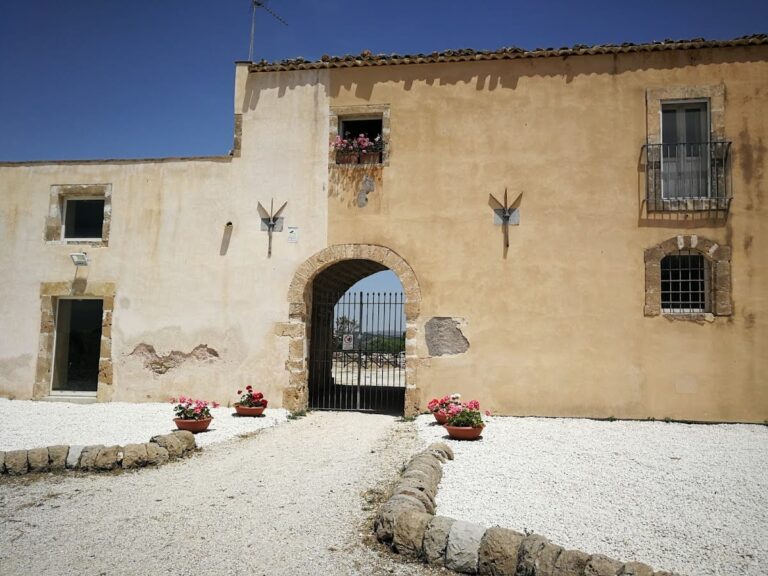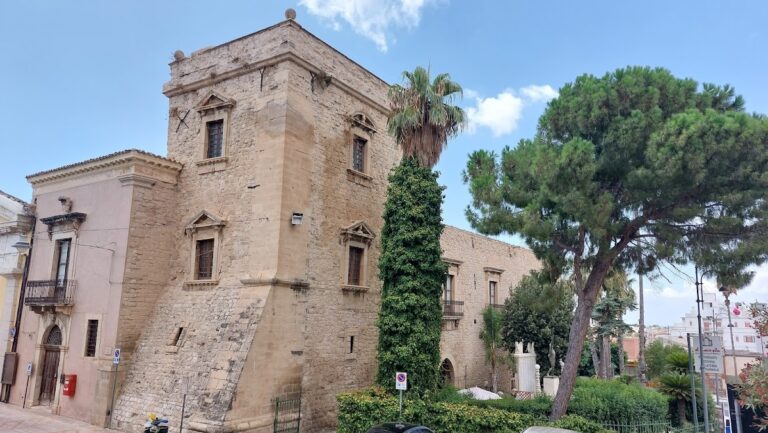Archaeological Museum of Gabriele Judica: Preserving the History of Akrai in Sicily
Visitor Information
Google Rating: 4.3
Popularity: Very Low
Google Maps: View on Google Maps
Country: Italy
Civilization: Greek, Roman
Remains: Museum
History
The Archaeological Museum of Gabriele Judica is situated in Palazzolo Acreide, a town in the province of Syracuse, Sicily, Italy. The museum is housed within the Palazzo Cappellani di Pirainito e Fùrmica, a historic residence formerly belonging to a noble family. The artifacts displayed originate mainly from the ancient Greek city of Akrai, which was founded during the period of Corinthian colonization.
Akrai was established as a Greek colony. The city developed through several historical phases, including the Archaic, Classical, and Hellenistic periods. Over time, Akrai came under Roman influence, continuing to be inhabited through the Roman and Late Roman eras. The museum’s collection spans these periods, illustrating the long history of occupation and cultural change in the region.
In the early 19th century, Baron Gabriele Judica conducted archaeological excavations at Akrai. He collected numerous artifacts from the site, which he preserved in his own palace. These finds remained in private hands until the museum was officially opened on December 27, 2014, honoring Judica’s contributions to archaeology. The museum also includes items from the Ferla collection and discoveries from the nearby territory of Leontinoi, broadening the historical context of the area.
Remains
The museum’s collection is arranged over two floors, reflecting a chronological progression of the region’s history. The lower floor exhibits prehistoric and protohistoric artifacts, including tools and everyday objects from early inhabitants. These items provide insight into the earliest phases of human activity in the area.
The upper floor is divided into rooms dedicated to specific historical periods. Room 1 focuses on the Corinthian colonization phase, displaying ceramics and objects linked to the city’s Greek origins. Rooms 2 and 3 present artifacts from the Archaic period, while rooms 4 and 5 cover the Classical and post-Classical eras. Room 6 contains Hellenistic finds, and rooms 7 and 8 showcase Roman and Late Roman materials.
Among the notable objects are ceramics such as vases and oil lamps, a Greek stele (a carved stone slab often used as a grave marker or monument), and unguentaria, which are small containers used for storing perfumes or oils. The museum also holds photographic reconstructions of Akrai’s civic buildings, including a bouleuterion, which served as a council chamber, and a theater. These images help illustrate the urban layout and public architecture of the ancient city.










